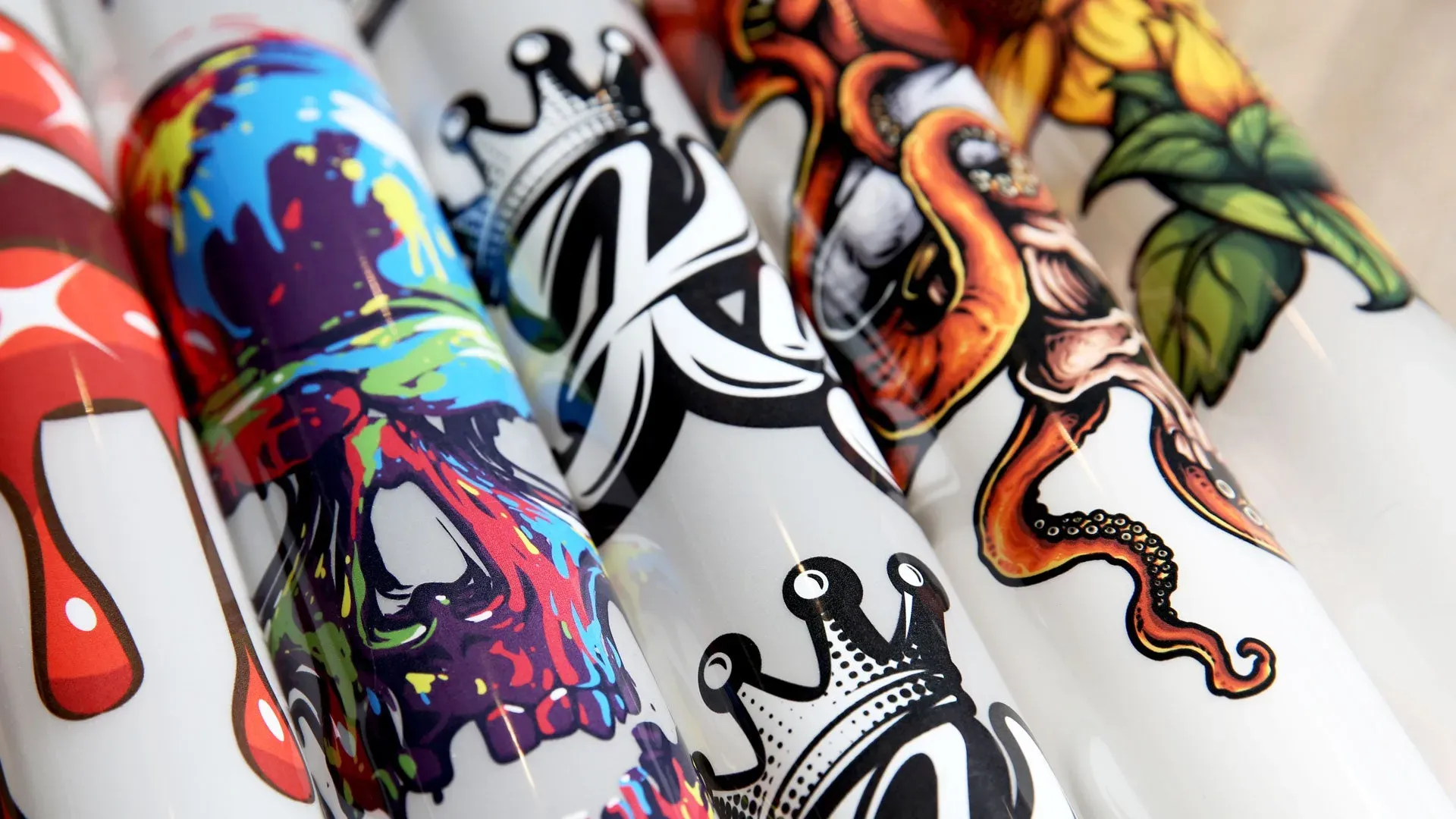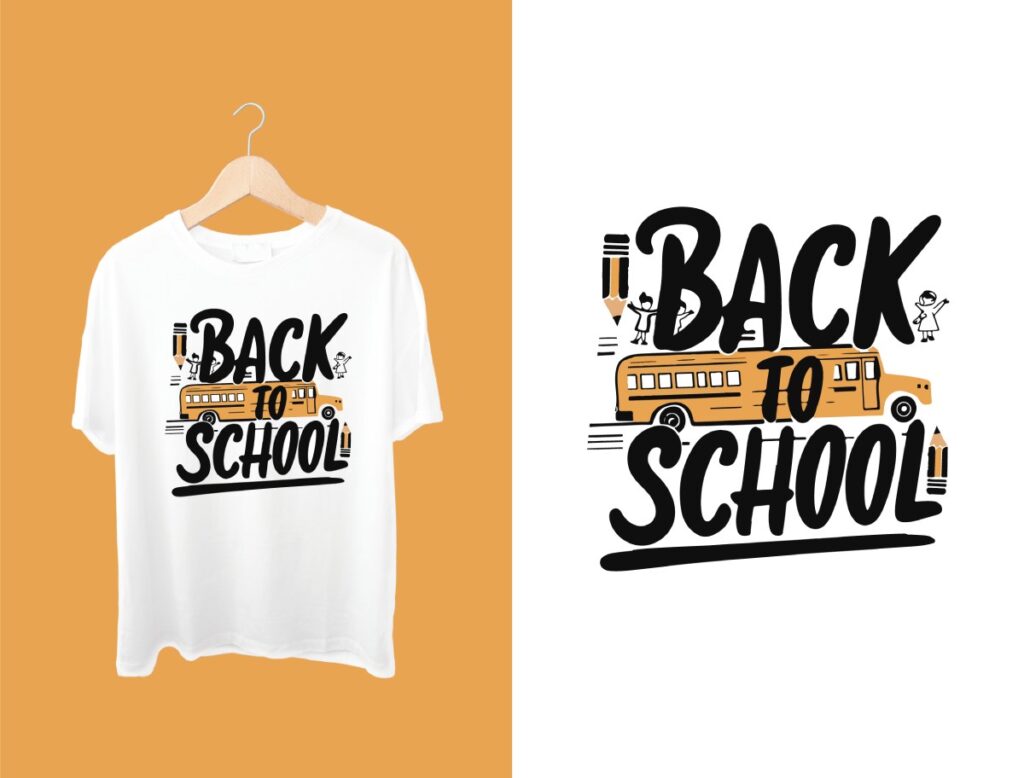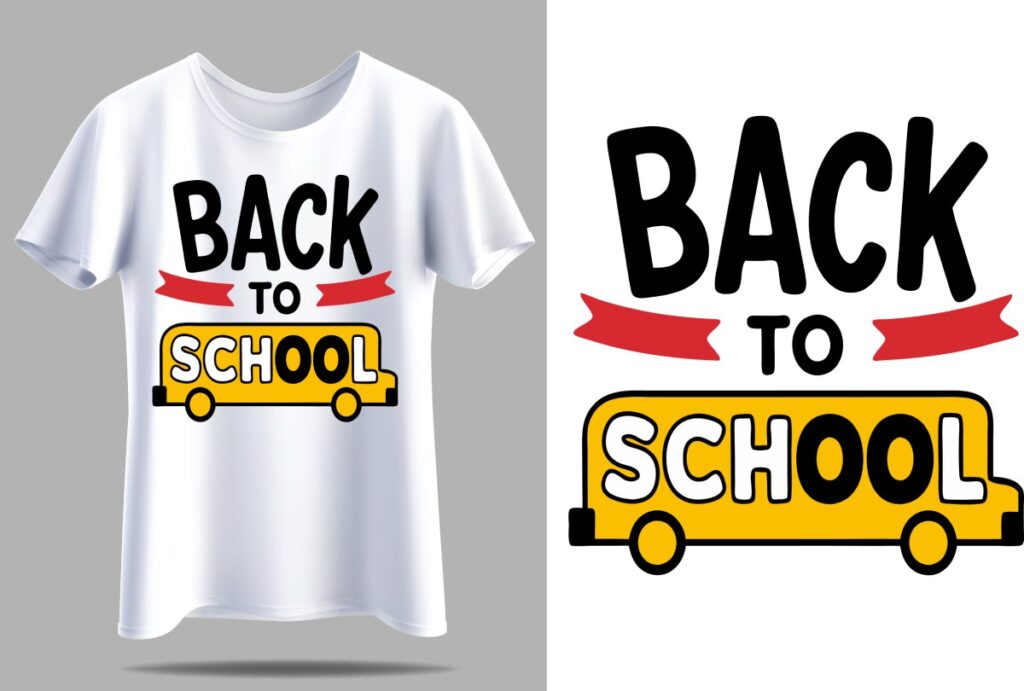DTF transfers, or Direct to Film transfers, are revolutionizing the way we think about apparel printing. As a versatile alternative to traditional screen printing, these transfers allow for stunning, intricate designs that can be achieved without the extensive setup required by screen printing methods. With an understanding of the DTF transfer process, customers can embrace the vibrancy and detail that this innovative method brings. In this guide, we’ll explore the pros and cons of DTF versus screen printing, helping you make informed decisions for your custom apparel needs. Whether you’re looking for the efficiency of DTF for small runs or the durability of screen prints for large orders, knowing the nuances of these approaches is essential.
In the realm of textile customization, the choice between direct film printing and traditional screen-based methods has become increasingly important. Direct film transfers are gaining popularity for their ability to deliver vivid imagery and fine details, appealing to small businesses and fashion enthusiasts alike. Traditional fabric printing techniques, like screen printing, offer proven resilience and efficiency for bulk orders. Understanding the contrasts between these two methods not only clarifies their functionalities but also helps in selecting the best option for your specific needs. This discussion will outline the critical aspects of direct film versus screen techniques, examining their respective benefits and drawbacks in the fast-evolving world of garment personalization.
The Rise of DTF Transfers in Apparel Printing
DTF (Direct to Film) transfers have gained immense popularity in the realm of apparel printing due to their unique advantages. This innovative method allows for the vivid reproduction of intricate designs with an array of colors, making it an ideal choice for custom garments that demand high detail. DTF printing is rapidly becoming the go-to option for small businesses and individual creators who require flexibility and want to meet the diverse demands of their clients without compromising on quality.
One of the significant benefits of DTF transfers is the ability to print on various fabric types, including cotton, polyester, and blends. This versatility enhances creative freedom, allowing designers to experiment with different materials, which is a major advantage over traditional screen printing. As the demand for unique and personalized apparel continues to rise, DTF transfer technology keeps evolving to meet industry expectations, solidifying its place as a modern contender in apparel printing.
Understanding the DTF Transfer Process
The DTF transfer process involves several meticulous steps to produce high-quality prints. Initially, designs are printed onto a special film using a specialized DTF printer. Subsequently, a powdered adhesive is applied to the film, and after pre-heating, the design is cut, ready for the heat transfer. This process ensures that the ink adheres well to the fabric during the application stage, resulting in a durable print that retains its vibrancy over time.
After the ink adheres to the film, a heat press is employed to transfer the design onto the fabric. This direct application method allows for a broad color palette and intricate details without the constraints of screen printing. While the initial setup requires careful attention to avoid inconsistencies, the benefits of DTF printing—particularly for smaller runs—make it an appealing option for apparel businesses looking to create standout pieces.
Screen Printing: A Traditional Approach to Apparel Customization
Screen printing has been a staple in the apparel industry for decades, known for its durability and ability to produce bold designs. The process employs a stencil technique where each color of the design requires a separate screen. This traditional method is particularly effective for printing large quantities of the same design, offering significant cost savings for bulk orders.
While screen printing is revered for its resilience and longevity, especially in workwear and everyday apparel, it does come with some limitations. The requirement for multiple screens for complex, colorful designs can lead to higher setup costs, making it less viable for smaller projects. Thus, while screen printing remains a favorite for many large-scale operations, it poses challenges for those seeking unique, multi-colored prints.
Pros and Cons of DTF Transfers
DTF transfers come with a myriad of benefits that appeal to apparel customization needs. One of the most significant advantages is the high level of detail achieved in prints, allowing for sharper graphics and gradient colors. This makes DTF an excellent choice for intricate designs. Additionally, unlike screen printing, the DTF method does not necessitate the creation of separate screens for each color, leading to considerable cost savings for smaller runs.
However, DTF transfers face durability concerns. While advancements in technology have improved the longevity of prints, they may not yet rival the robustness of screen-printed designs under heavy wear conditions. Moreover, the process requires a heat press, which might not be readily available in all settings, posing potential inconsistencies if not handled correctly.
Comparing Cost-Effectiveness: DTF vs. Screen Printing
When assessing the cost-effectiveness of DTF transfers compared to screen printing, the volume of the order plays a critical role. DTF printing generally offers lower costs for small to medium runs since it does not involve repetitive setup costs associated with multiple screens. This makes it an optimal choice for boutique creators and businesses focusing on unique, personalized pieces.
In contrast, screen printing is often the more economical choice for larger volumes. Once the screens are created, the cost per unit decreases significantly as more products are printed, making it ideal for mass production. However, for businesses that frequently require short runs or one-off designs, the upfront costs of screen printing can limit flexibility in project pricing.
Future Trends in DTF and Screen Printing Technologies
The apparel printing landscape is continually evolving, with recent trends indicating a growing preference for DTF technology among custom garment creators. Innovations in ink formulations and transfer materials are enhancing the ability of DTF prints to withstand wear and fade, making them more appealing for businesses looking for quality and durability. As technology advances, DTF is positioned to meet the changing needs of consumers who seek flexibility and affordability.
Conversely, screen printing remains a formidable competitor with ongoing improvements in equipment and inks that increase efficiency and reduce environmental impact. As both techniques develop, businesses must stay informed on which method best suits their needs, balancing factors like order size, design complexity, and budget constraints.
Frequently Asked Questions
What are the main advantages of DTF transfers compared to screen printing?
DTF transfers offer several advantages over screen printing, including versatility across various fabrics, the ability to produce vibrant and detailed designs without multiple setups for different colors, and cost-effectiveness for small runs. DTF is particularly beneficial for intricate graphics, making it ideal for custom apparel.
How does the DTF transfer process work for apparel printing?
The DTF transfer process involves printing designs onto a specialized film, followed by a heat transfer to apply the ink onto fabrics. This method allows for high-quality prints with vivid colors on various materials, making it a preferred choice for custom apparel printing.
What are the pros and cons of DTF printing compared to screen printing?
The pros of DTF printing include versatility, cost-effectiveness for small quantities, and vibrant designs. However, it may lack the durability of screen printing for heavy wear. Conversely, screen printing has high durability and lower costs for large orders but comes with high setup costs and limited color flexibility for small projects.
Is DTF printing more suitable for small order quantities than screen printing?
Yes, DTF printing is particularly well-suited for small order quantities as it eliminates the need for multiple screens, significantly lowering setup costs. This makes DTF transfers an excellent choice for custom apparel where only a few pieces are needed.
What factors should be considered when choosing between DTF transfers and screen printing?
When choosing between DTF transfers and screen printing, consider the quantity of the order, design complexity, material types, and budget constraints. DTF is ideal for smaller, intricate designs, while screen printing is more cost-effective for larger orders.
Are DTF transfers as durable as screen printed designs?
While DTF transfers have improved in durability thanks to advancements in technology, they may not always match the long-lasting resilience of high-quality screen printed designs, especially under heavy wear conditions.
| Aspect | DTF Transfers | Screen Printing |
|---|---|---|
| Process | Multi-step process involving printing on film and heat transfer. | Stencil technique using mesh screens to apply ink. |
| Versatility | Works on various fabrics, including dark colors, without extra setups. | Best for bulk orders; limited flexibility for different fabrics. |
| Durability | Good but may not match long-lasting screen prints under heavy wear. | Highly durable and resistant to fading and cracking. |
| Cost Efficiency | Cost-effective for small runs, no need for multiple screens. | Lower cost per unit for large batches but high setup costs for small orders. |
| Design Complexity | Ideal for intricate graphics with gradient colors. | Limited flexibility for complex designs with multiple colors. |
Summary
DTF transfers are revolutionizing the apparel printing industry by providing an excellent alternative to traditional methods like screen printing. The choice between DTF transfers and screen printing ultimately hinges on the specific needs of your project, including order volume, design intricacy, and budget considerations. DTF transfers offer superb vibrancy and detail, making them a favored choice for unique, small-scale designs, while screen printing excels in durability and cost efficiency for bulk orders. By weighing the pros and cons of each method, you can make an informed decision that aligns with your apparel customization goals.



